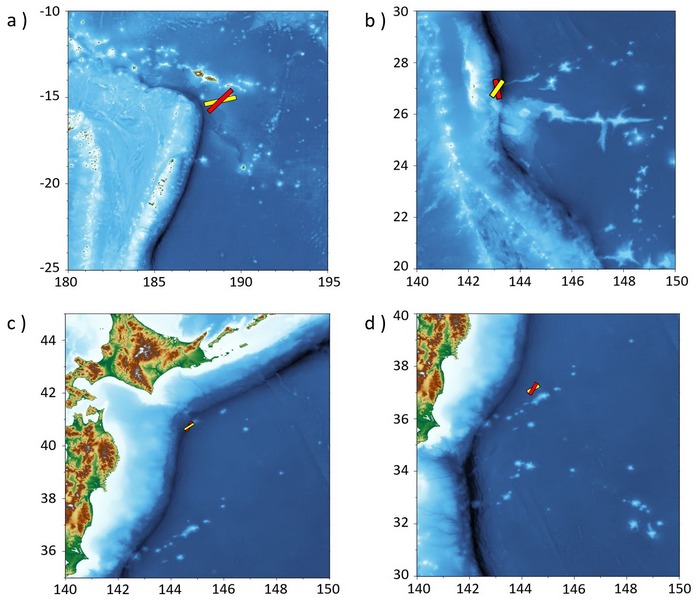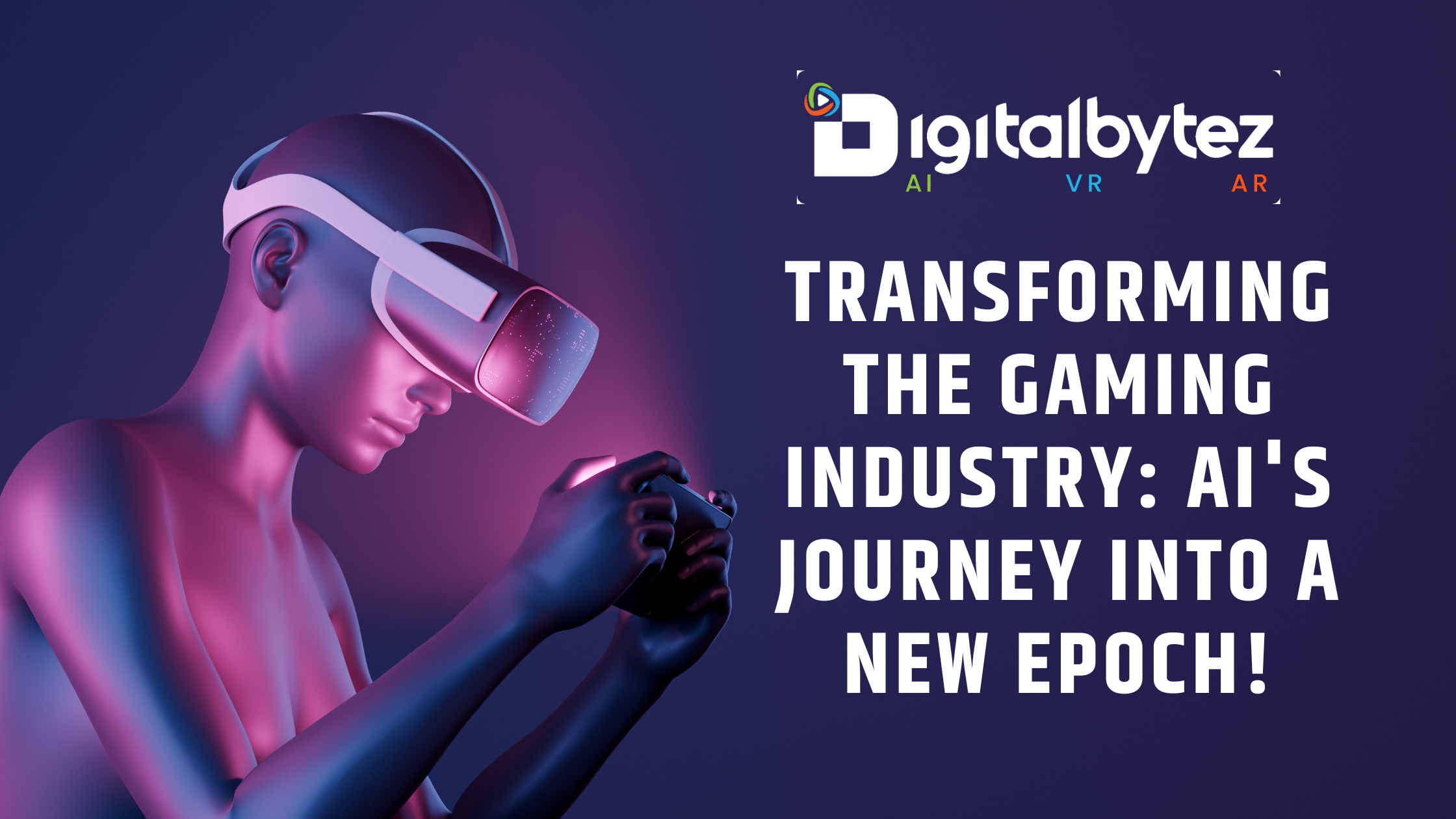
AI-Based Tsunami Warning Software to Save Millions of Lives
British and American researchers have made a AI-Based Tsunami Warning Software to predict future tidal waves more accurately and faster. Through a combination of state-of-the-art sound technology and smart AI models, the team is able to identify seaquakes at lightning speed and estimate the potential destructive power of the resulting tsunamis.
Vertical Slip
When a seaquake causes large volumes of water to be pushed up and to the side, the tsunami danger increases. “When tectonic plates rub against each other, the vertical movement, or vertical slip, displaces a large amount of water. This makes the chance of tidal waves a lot higher, compared to horizontal tectonic movements,” explains researcher Bernabe Gomez. “So, it is of the utmost importance to find out as soon as possible how the plates move relative to each other during a seaquake. This prevents false tsunami alarms and improves the reliability and credibility of the warning system.”
Hydrophones
Every second counts during severe seaquakes. It is not enough to wait for the data sent by deep-sea buoys. These floating sensors measure, among other things, the water level. The researchers come up with a better idea: they measure the ‘acoustic radiation’, or the sound that the earthquake produces. These tremors contain a wealth of information about tectonic events and more importantly, they travel much faster than tsunami waves. Special underwater microphones called hydrophones pick up these acoustic waves. For example, tectonic activity is monitored in real-time.
Acoustic Pressure Field
“Acoustic radiation moves much faster through the water than tsunami waves. It contains important information from the source and the respective pressure field can be measured from a distance. The acoustic waves can be picked up even thousands of kilometers away from the quake’s epicenter. Everything needed to estimate the tsunami risk is hidden in the data of this acoustic pressure field. We use artificial intelligence to analyze this in real-time,” says seismologist Usama Kadri.
The computer model uses AI algorithms to process the data from the hydrophones at lightning speed and calculates the location, strength, and extent of the vertical tectonic movement of the seaquake. Then the direction, length, width, vertical velocity, and duration of a possible tsunami are predicted. In this way, the location, time of arrival, size, and impact of tidal waves can be reported more quickly and accurately to the local authorities. Such a system could save an enormous number of lives in the event of a subsequent disaster.
Backtesting
The researchers have tested their model with historical hydrophone data from several earthquakes in the Indian Ocean, which caused tsunamis at Matavai, Samoa (2009), the Bonin Islands (2010), Kushiro (2012), and Honshu (2013), all three in Japan. The computer model calculated all kinds of details of the quakes and the resulting tsunamis within seconds, without requiring too much computer power. The scientists are busy further refining the model to get the results even more accurate. The study is part of a larger project in the search for better warning systems on the coast and at sea, also to improve the safety of seagoing vessels and offshore platforms.









